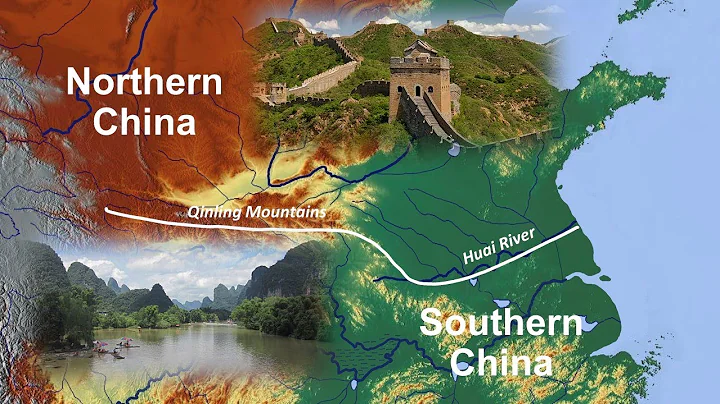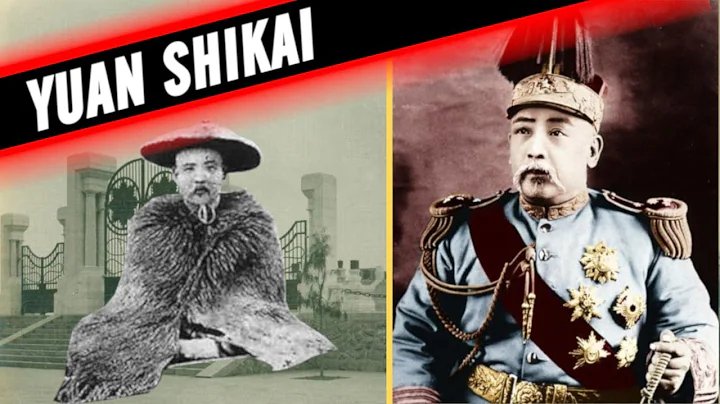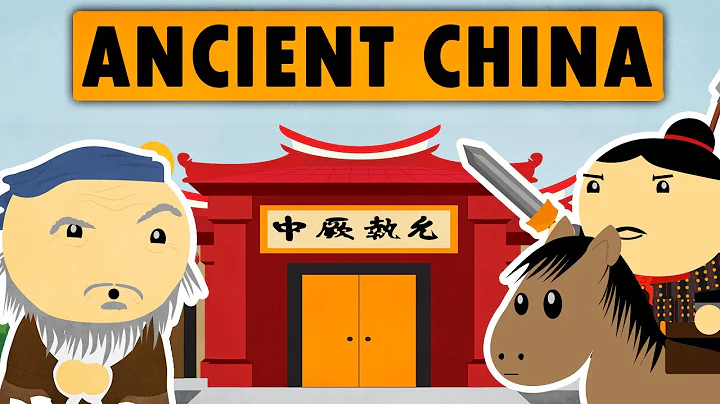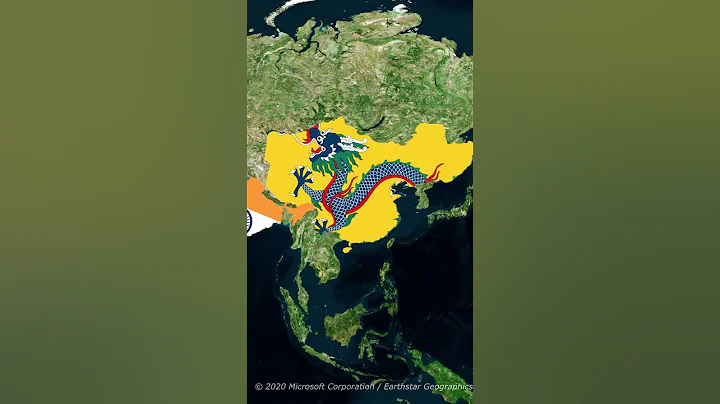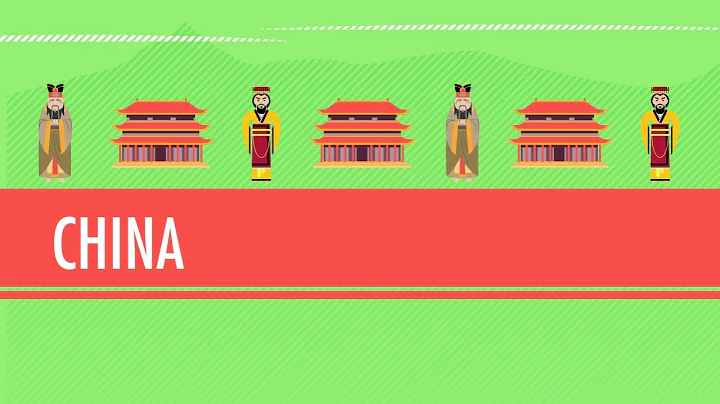
Chairman Mao Zedong inscribed the name of Tsinghua University.
written in front
Scholars generally believe that Chinese law is an ancient and relatively young discipline.
From a historical perspective, modern legal education in the strict sense sprouted in the late Qing Dynasty. After the formation and development of Beiyang Warlords , the Republic of China and People's Republic of China , it gradually formed a complete discipline in the Chinese university system. System - Law Department, Law School , University of Political Science and Law ... The author of
once presided over the editing and publishing of the "Dictionary of Social Science Subjects", which included the most basic subject system-law. At that time, in the mid-1980s, Chinese law was in the stage of recovery and reconstruction. Not only were there fewer political and political schools in the strict sense, but there were also fewer courses in the legal profession. Students spent most of their time studying and training in English classes. superior.
The main creative staff who participated in the compilation of the lexicon include: Professors Fang Shirong, Wu Handong, Xiao Bofu, Zhao Lingyun, Min Feng and other professors. Even though they work very hard, there are still relatively few subject categories that can be "canonized".
Everything is in development, and the great development of law schools today is beyond people's expectations.
1. "Law" - the theoretical cornerstone of the construction of the rule of law in the Republic
On the map of Chinese legal education, the Law University a hundred years ago may have been a "spark", just Soochow University, Chaoyang University , Hunan University , Peking University and other schools are among the few that have law or grammar majors; and a hundred years later, schools with names such as "Law School", "Law School", "Law Department", etc. There are as many as 600 universities. The "explosive" growth shows the panoramic view of the leap-forward development of Chinese legal science over the past century.
"Rule the country by law", of course, requires a legal system with complete system and complete theoretical knowledge. 600 universities are all new forces in "ruling the country by law".

Tsinghua Garden, the most famous cultural symbol of Chinese universities.
2. A hundred years of jurisprudence, an evocative history of evolution
A hundred years of life, may be the highest state.
Law science may be the indestructible "four beams and eight pillars" of the legal building after a hundred years.
Experience "Century of Law". You can stroll through history and read the literature of the former Chaoyang University and Soochow University. You can also step into Yuelu Mountain in Changsha, Hunan to feel the origin of Hunan University's law; you can also go into Peking University Red Building , review the pioneering of law in the Cai Yuanpei era; you can also go to Tianjin Nankai University or Shanghai Jiao Tong University to taste the legal process of these "old" universities; even in the cherry blossoms season, visit The excellent historical building of Wuhan University - the old building of Wuhan University Law School allows you to immerse yourself in the three-dimensional long years of China's century-old law school.
Of course, in the age of the Internet, China's century-old legal history is in the palm of your hand.
A very popular phenomenon is the various “law school rankings”.
The author has always been interested in "rankings". Twenty years ago, when he was presiding over the editing and publishing work of a publishing organization, he tried to edit and publish the "China Ranking Yearbook". Looking at the batches of vigorous law schools, we should indeed rank them. Just like the 108 generals in " Water Margin ", there is an n-th place that can be called and called, and it is also an explanation for history.
's numerous "ranking lists" are dynamic, which complies with the rules of competition.
also needs to rank according to the "year and month of establishment" (including: tracing the origin of the school). This type of ranking has five meanings:
First, China is a country that pays attention to seniority, and all mortals must be divided into "year and age", which is a cultural tradition. In this way, the Law Department also has a century-old school and ten-year rookies, and their rankings are clear at a glance.
Second, there is the phenomenon of "legal ecology" in law. For a hundred years, legal science has been ups and downs, rising and falling, doing things and stopping at times. It is the helplessness of history, and it is also the turmoil and lamentation of history. In addition, it should be an ode to history. Writing about his history, reading about his studies, remembering about his people, I have a lot of feelings.
Third, rectifying the original source is the essential requirement for the development of legal science. Over a century of law, there has been the evolution of the discipline; there have been academic changes; there have been scholars' achievements; there have been comments on writings; and there has been the direction of the country. Looking at the past century of law, we should learn from history.
Fourth, the law is orderly, and the history of law is the first important order. In modern history, with the rise of the new culture movement , the real legal discipline emerged in due course, with Hunan University and Peking University as the leaders, pioneering and groundbreaking.
Fifth, law is the study of governance in China. The principles of the law must be clear and the history of the law must be smooth. It can be used as a tutorial or textbook. There are 600 schools with 600 unique discipline academic development histories.
Of course, due to space limitations, this article only selects "one hundred legal schools" and lists a "ranking list" according to "year and month of establishment" for research reference.
Three, based on the "rules" of law school rankings in the period of their establishment and origin
The "hundred legal schools" mentioned in this article are comprehensive university law schools and liberal arts schools that are representative in the century-old history of legal development in China. As well as specialized universities with legal disciplines, such as: Law School of Polytechnic University, Law School of Jiaotong University, Law School of Normal University, Law School of University of Finance and Economics, as well as various political and legal departments, grammar departments, etc.
belongs to the public security and police universities, which fall under the broad category of law, or are “public security and police” universities. It seems to be a wider field of knowledge, which is left to be described in detail later.
(1) "Year of establishment" refers to the year when the Law Department was established. Usually in years. Among them, there are also "tracing origin" dates. For example, Tsinghua University includes: the date of establishment and the date of origin. Tsinghua Academy is "traceability".
(2) The schools selected in this article should be representative schools in the century of Chinese law, and generally have university law departments as listed units, and belong to the legal preparatory period of a technical secondary school, regardless of time.
(3) If the beginning of a certain year is used, but the year is not accurate, the time shall be 2.5 years. For example, in the early 1980s, it was 1982.5.
(4) If the expression of the establishment time is ambiguous, the relevant meaning shall be expressed and the year shall be confirmed.
(5) For those who have two to three or more sources of development, the average of the sum of two, three, and four sources will be used as their "birth year".
(6) Multiple schools belong to the same source of development. Based on historical facts, in order to save space, they should be briefly stated.
(7) The law schools mentioned in this article are generally secondary colleges in universities. According to the terminology habits of various rankings, only the school name is generally used.
(8) "Hundred schools of law" have both "identity" and "difference", or "particularity" and more "representation". Due to space limitations, this article only describes their "representation".
(9) When sorting schools with "students" in the same year and month, the number of strokes in the school name will be considered, and the school with the fewest strokes will be ranked first.
Fourth, according to the year of "establishment" and "tracing of origins", the Chinese Law University Rankings
always feel a little uneasy when writing the rankings. Because history is too thick, too tortuous, there are too many confusions, too many different opinions and perspectives.
For example, who is the earliest university in the history of modern education in China seems to be a century-old mystery.
The mainstream view is that the earliest university in modern China is Peking University.
However, there are different voices on the Internet, which believe that Tianjin University, Wuhan University, and Shanxi University are the earliest universities in China. For this reason, the author went to Peking University, Tianjin University, and Wuhan University again and again.
Check the source. The founding place of Peking University is in the beach area of Beijing. The origin of Tianjin University is the current location of Tianjin University. The source of Wuhan University is at Wuchang Yuemachang (near the Shouyi Campus of Zhongnan University of Economics and Law).
demonstrates from historical objects that the Red Building of Peking University proves the history of Peking University to a certain extent.
The physical history of Tianjin University is a memorial pavilion. There is a "graduation certificate" graphic inside the pavilion, which reads "the earliest diploma of a Chinese university". This description made me confused. "The earliest diploma of a Chinese university", is it possible? Can't the earliest university be proven?
Tianjin University Memorial Pavilion does not have the expression of the earliest university in China.
On the Internet, we see the historical introduction of Tianjin University: Peiyang University , the predecessor of Tianjin University, was founded on October 2, 1895. It is the first modern university in China and the earliest government-run university in China. The school was named "Beiyang Western Hall" when it was first established. In 1896, it was officially renamed Beiyang University Hall.
There are many, many more. It can be seen that the history of a century-old law school may also have multiple versions. One of the purposes of writing this article is to ask questions and try to restore a true and century-old history of law that everyone basically agrees with.
"Tracing origins" is a tradition in Chinese historiography.
For example, "Chinese Rice History" was initially believed to be 6,000 years old. After archaeological excavation and historical tracing, it has been recognized as 10,000 years old. The National Museum hosted an exhibition on the 10,000-year history of rice in 2021.
In Chinese universities, “tracing back to the source” is a responsibility.
Central China Normal University has multiple sources.
First, Chung Yuan University was established in 1948;
Second, Wenhua College was established in 1871;
Third, Huazhong University was established in 1924.
Five, in order of "establishment" and "tracing to origin" dates, the ranking of Chinese university law schools (1)
No. 1: Hunan University Law Department established in 1897.
Development History: The thousand-year-old Yuelu Academy has laid a solid foundation for educating talents in Hunan. In 1897, the Public Law School established by the School of Current Affairs was the beginning of modern Chinese law. And there is a revolutionary coach Liang Qichao in charge of teaching, which has an extraordinary history. In 1926, Hunan University was renamed Law School. In 1945, the Law School was established. In 1952, the department was adjusted to Zhongnan University of Political Science and Law, becoming one of the sources of Zhongnan University of Economics and Law.
Second place: Born in 1898, majoring in law at Peking University.
Development history: The Reform Movement of 1898 gave birth to the famous Capital University in China. In 1898, the Capital University was established, and law courses were offered that year. In 1904, the "Legal School" was established for the first time in the Capital University, which was a sign that law became an independent discipline. Around 1919, with the influence of the New Culture Movement, Peking University Law became a banner for Chinese universities and even law departments.
Third place: Born in 1901, majoring in law at Shanghai Jiao Tong University.
Development History: At the end of the 19th century, Sheng Xuanhuai and others established the "Nanyang Public School" in Shanghai, adhering to the belief that "the first step in self-improvement is to cultivate talents, and to cultivate talents, we must first establish schools." Nanyang Public School held a "Special Political Class" in 1901, chaired by Cai Yuanpei. The "Special Class" specialized in teaching "Chinese and Western politics, literature, law, and ethics" and offered courses such as constitutional law, international public law, and administrative outlines. It became a sample for later legal disciplines.
Fourth place: Law Department of Xi'an Jiaotong University established in 1901. Development history of
: Xi'an Jiaotong University and Shanghai Jiaotong University have "the same roots and ancestors". They both originated from "Nanyang Public School" and later " Jiaotong University ". However, according to the national decision of "Jiaotong University to move westward", from 1955 to 1959, it was divided into two and became the "twin stars" of "Jiaotong University".
Of course, with the passage of time, in different time and space environments, Xi'an Jiaotong University and Shanghai Jiaotong University respectively staged the evolutionary history of the continuous development of legal disciplines.
Among them, the " Westward Journey Spirit " of Xi'an Jiaotong University is an extremely valuable spiritual wealth in China's higher education.
(1)

The school emblem designed by Lu Xun for Peking University.
To be continued.
Zhang Guangzhong, drafted on 2022.7.1Beijing Financial Street, revised on 2022.7.5.


